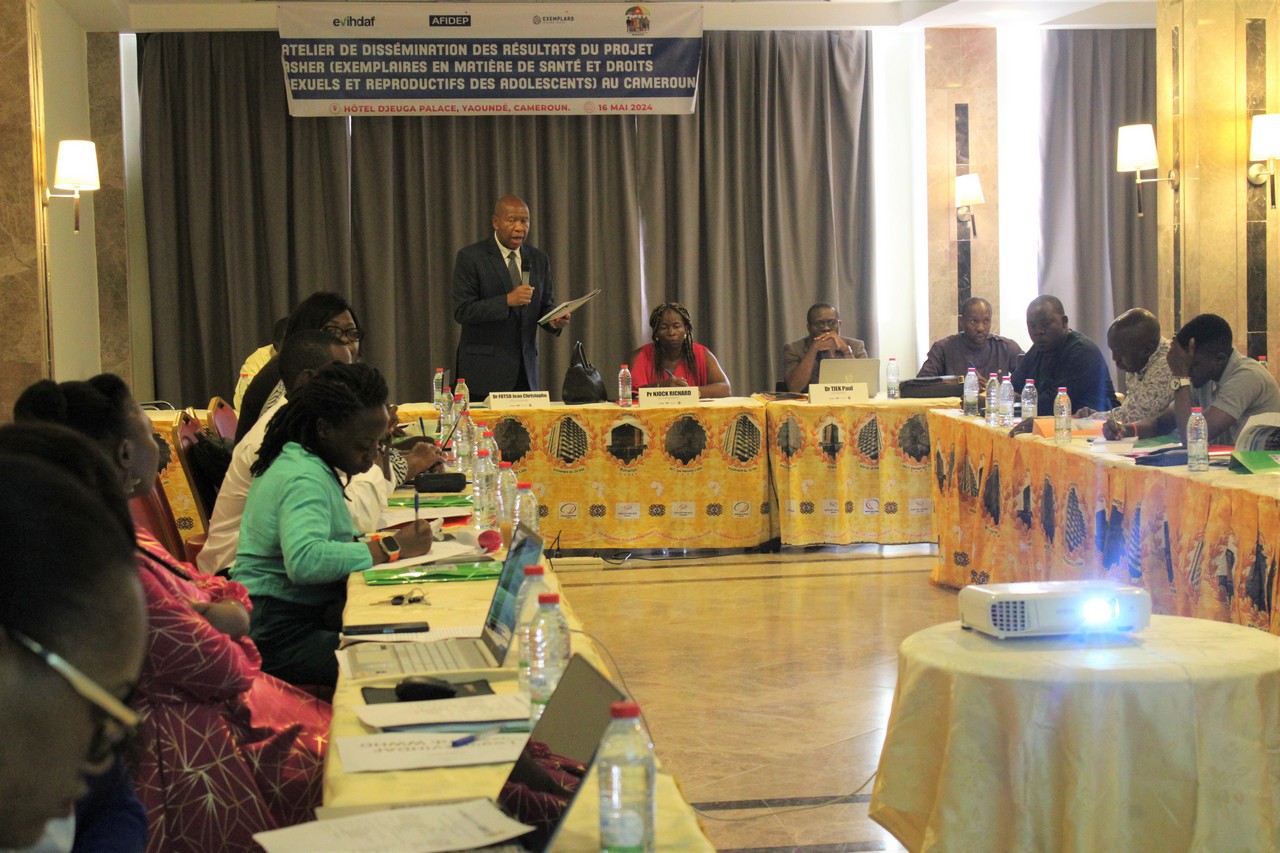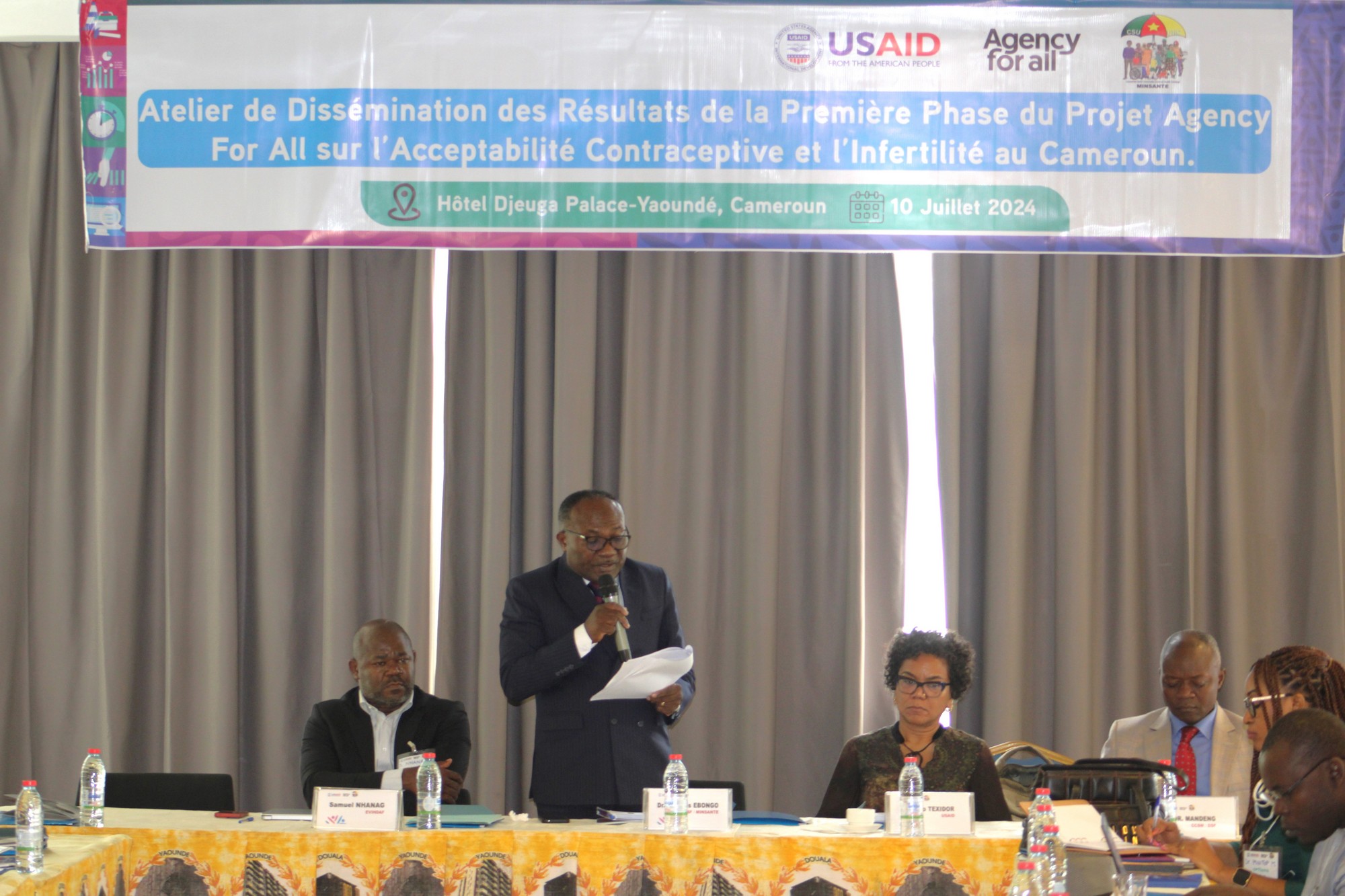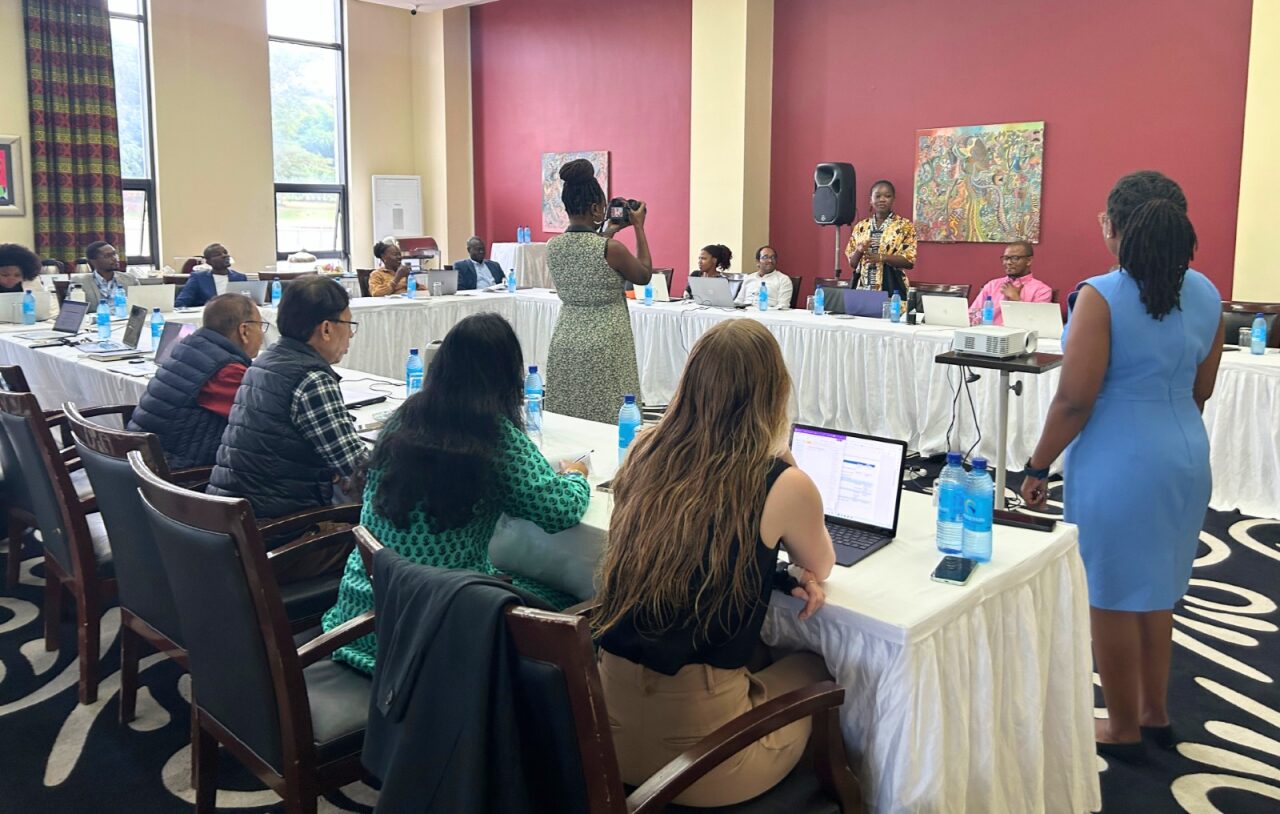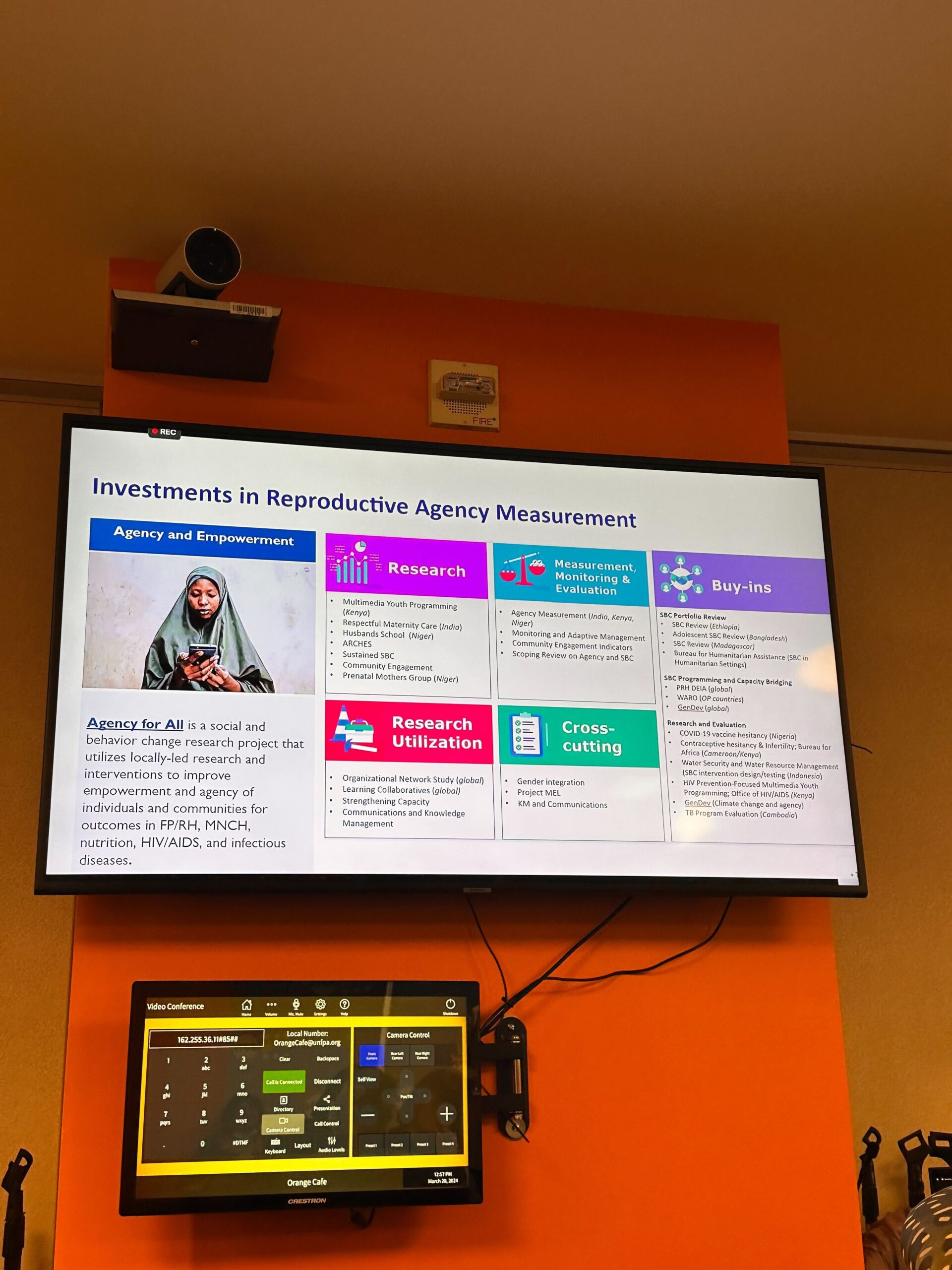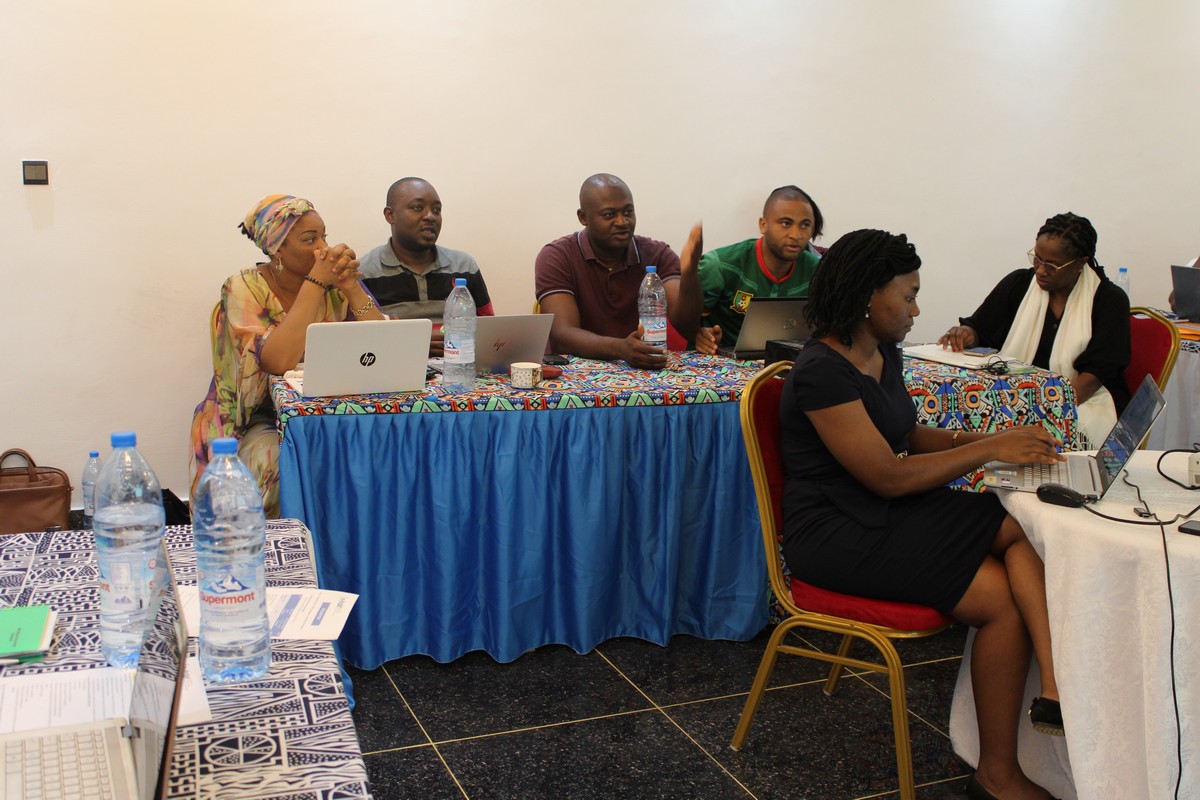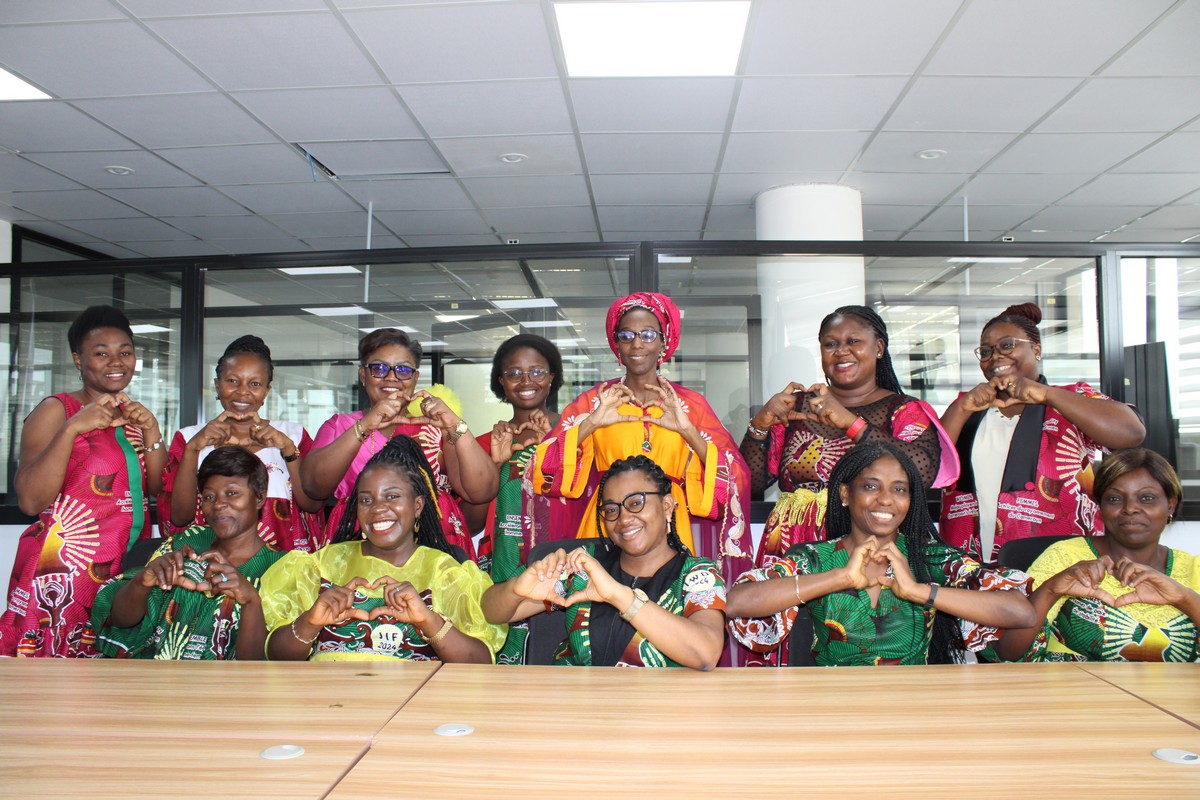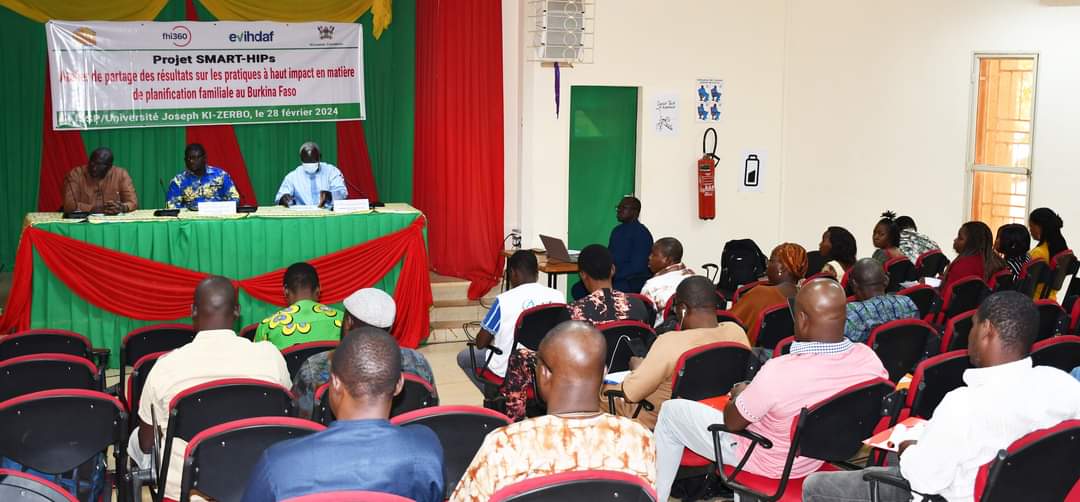Chaired by the Secretary General of Cameroon’s Ministry of Public Health represented here by the Inspector General in charge of Pharmaceutical Services and Laboratories (IGSPL) of the said ministry, the ASHER project dissemination workshop held this May 16, 2024, was well attended by policymakers, program implementors, civil society organizations, a number of adolescents amongst which the 02 youth advisors of ASHER in Cameroon.
In his welcome word, the Executive Director of EVIHDAF, Dr Jean Christophe Fotso, clearly presented the goal of this project which aims at examining the policies and programs that have been successful in selected LMICS to reduce high levels of pregnancies, including prevention and management of unintended pregnancy, and to advance ASRHR. The research also sought at determining how the lessons learned and best practices can be applied to improve SRHR outcomes for adolescents across geographies.
From the report, some identified key elements for successful improvement of SRHR in Cameroon are:
- Key element 1: Strong emphasis on education, including sex education. Cameroon’s progress in the area of SRHR can be attributed to its efforts to inform adolescents and young people about sexuality and encourage them to adopt responsible behavior.
- Key element 2: Improved provision of sexual and reproductive health services to adolescents and young people (SRHR). Cameroon has succeeded in establishing a reference framework for the creation and operation of services adapted to adolescents and young people.
- Key element 3: Gender as an essential determinant of ASRH in Cameroon. Cameroon has considered gender as an essential determinant of ASRH and has developed policies and programs to promote the empowerment of women and girls.
- Key element 4: Multisectoral approach and coordination. A national committee has been set up to coordinate the various sectors involved in implementing sexual and reproductive health strategies and interventions.
In the course of opening the workshop, the Secretary General representative, highlighted the fact that several sexual and reproductive health indicators have improved over the period 1998 – 2018. For example, the proportion of pregnancies among teenagers aged 15-19 living in union fell from 33% in 1998 to 22% in 2018, a difference of 10 points. However, it is important for Cameroon to consolidate the gains made in ARH, and to step up efforts to ensure that the momentum continues to grow.
Cameroon has a wealth of experience in adolescent sexual and reproductive health. The inclusion of most of the international rules and conventions on sexual and reproductive health in its policy and strategy documents bears witness to the government’s interest in adolescent health issues. The country has continued to provide a policy and regulatory framework to promote the sexual and reproductive health and rights of young people, with the development of various strategic plans and the implementation of several programs and interventions tailored to adolescents and young people.
However, it is important to note that some of these strategic plans are now obsolete and new plans need to be drawn up. In addition, the results of the study show that there is still a low level of knowledge, attitudes and practices among adolescents and young people that are favorable to young people’s sexual and reproductive health and rights. There is a need to strengthen and extend the implementation of interventions to ensure that services are geographically and financially accessible to the adolescent population. According to the key informants, it would be necessary to:
- Design programs that take into account ‘youth agency’.
- Services must be adapted to the needs and preferences of young people and adolescents.
- Awareness-raising campaigns aimed at teenagers should be tailored to the age range of the teenage population.
- Strengthen the multisectoral approach to program implementation.
- Identify effective interventions and advocate for scaling up.
- Involve adolescents in the organization of health services tailored to their needs.
- Review the content of the sex education components and adapt the modules to the context: focus on the menstrual cycle, fistulas, the disadvantages of early pregnancy.
- Design programs that target the entire adolescent ecosystem and involve all sectors.
- Move from training peer educators to involving religious leaders, traditional chiefs and local administrative authorities in implementing programs.
- Ensure synergy between all the organizations working in the same localities, particularly on the same issues and themes.
Following the fruitful discussions, all stakeholders present at this workshop adopted the following recommendations for immediate action:
- Involvement of EVIHDAF in drawing up the Adolescent Reproductive Health operational plan
- Recommendations made during the final report should be taken into account during the implementation of the Reproductive, Maternal, Newborn and Child Health and Nutrition (RMNCH+N) strategic plan.
- Take account of the models developed by Rwanda and Ghana when designing interventions to be implemented.
Organized by EVIHDAF, in collaboration with Cameroon’s Department of Family Health / MOH, participants of this workshop left with great satisfaction and hope for a greater success of adolescent sexual and reproductive health initiatives in Cameroon.

